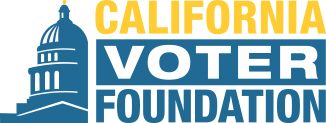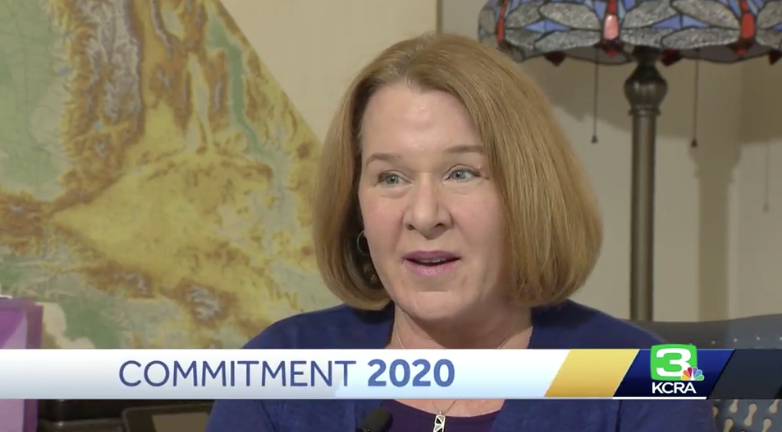Excerpt:
SACRAMENTO, Calif. (AP) — Millions of Californians have little or no choice when it comes to choosing a state legislator.
In 24 of the 100 districts on the ballot, only candidates from one party are running. And in 15 of those districts, the incumbent lawmaker is unopposed and all but assured of re-election.
In most of these districts the only party on the ballot is Democratic as the struggling Republican Party failed to even field a candidate. That leaves nearly 14½ million of California’s roughly 40 million people with no choice between major political parties in picking their state representative.
That’s good for the dominant political party and entrenched politicians, but bad for voters, said Mindy Romero, founder and director of the University of Southern California’s California Civic Engagement Project.



 California Voter Foundation President Kim Alexander is celebrating 25 years since the organization was ‘relaunched’ in 1994 – she sat down with John Howard and Tim Foster of the CW podcast to talk about the history of CVF and what her top concerns are a quarter century after the kickoff. (
California Voter Foundation President Kim Alexander is celebrating 25 years since the organization was ‘relaunched’ in 1994 – she sat down with John Howard and Tim Foster of the CW podcast to talk about the history of CVF and what her top concerns are a quarter century after the kickoff. (